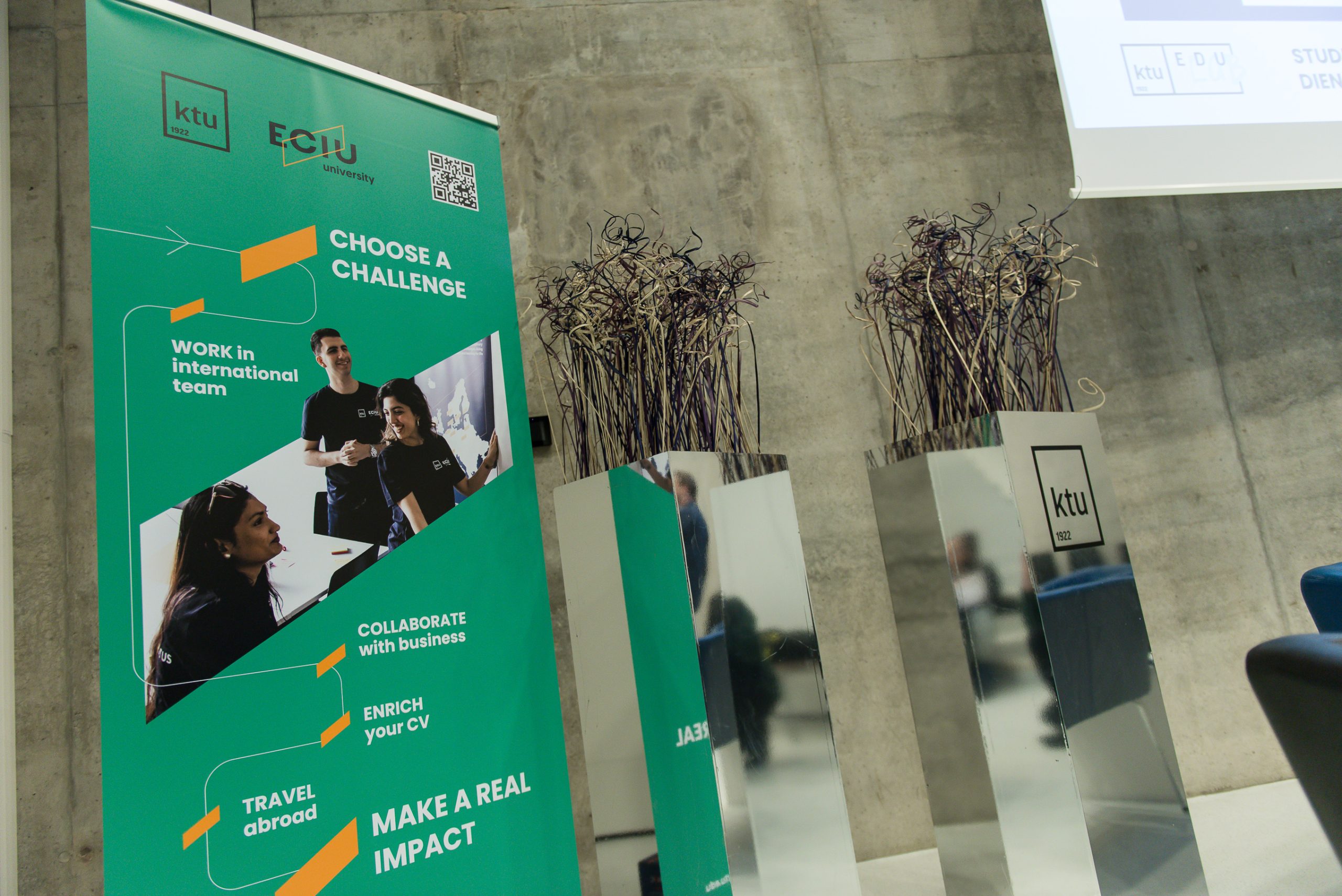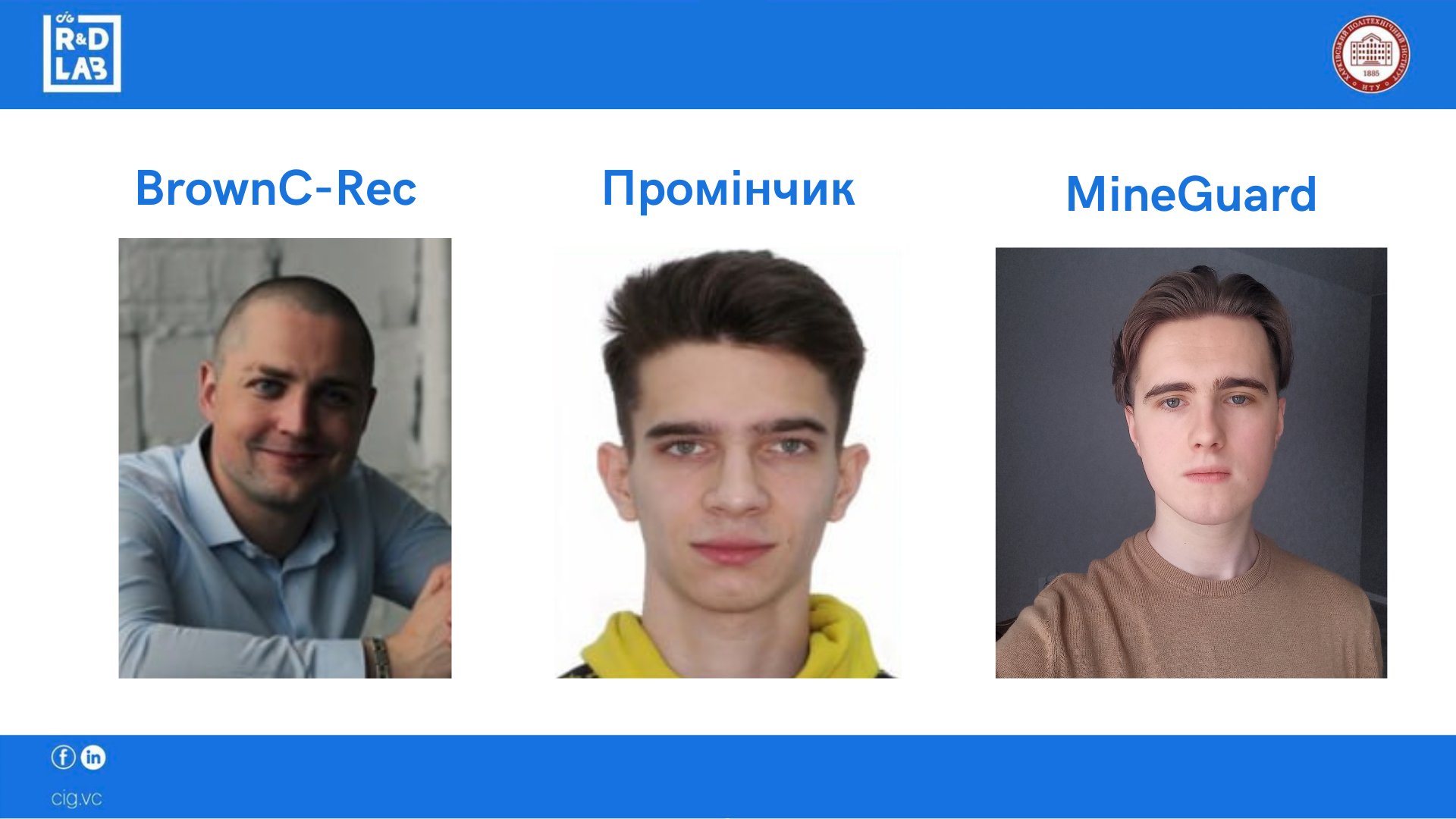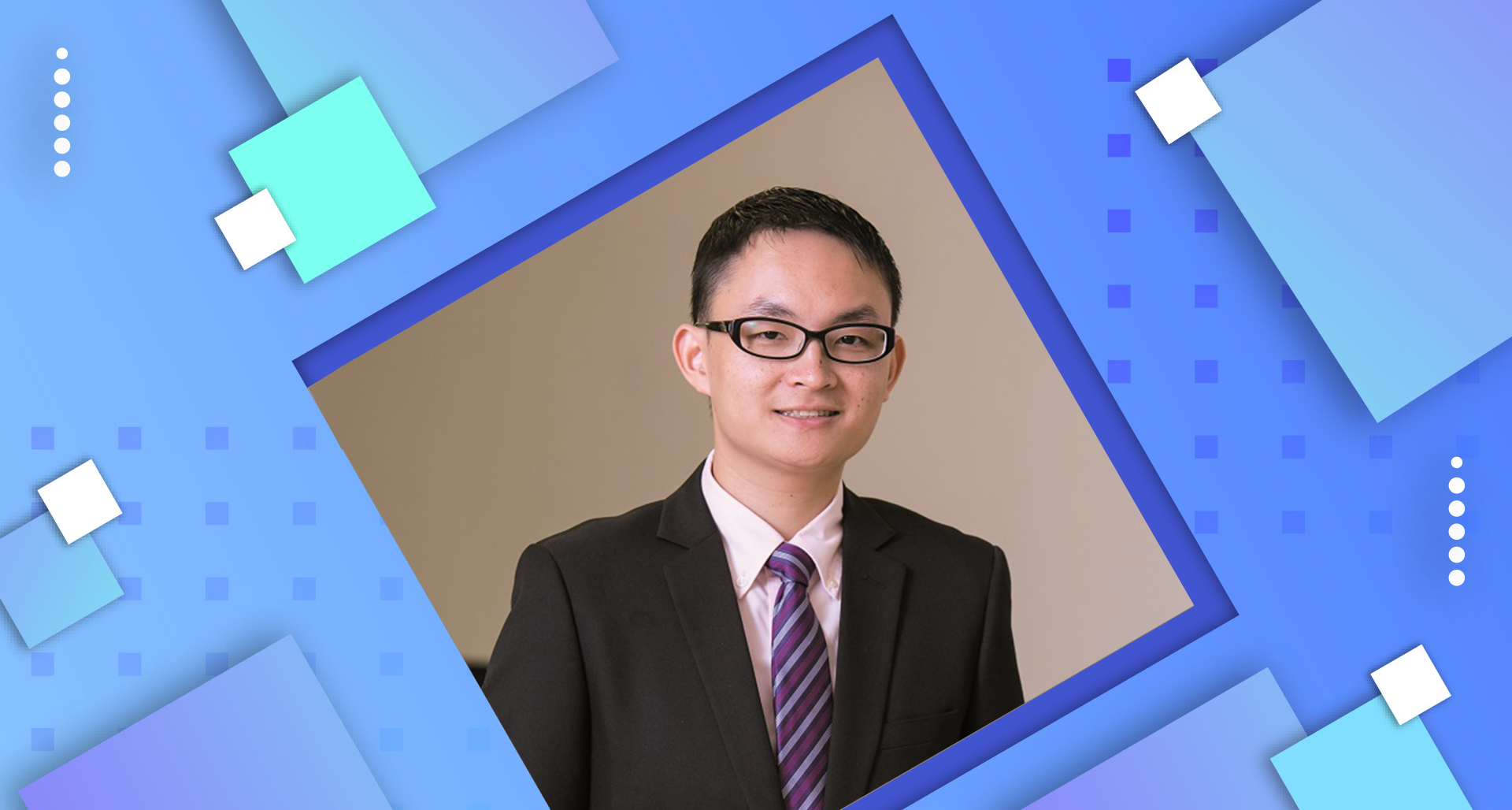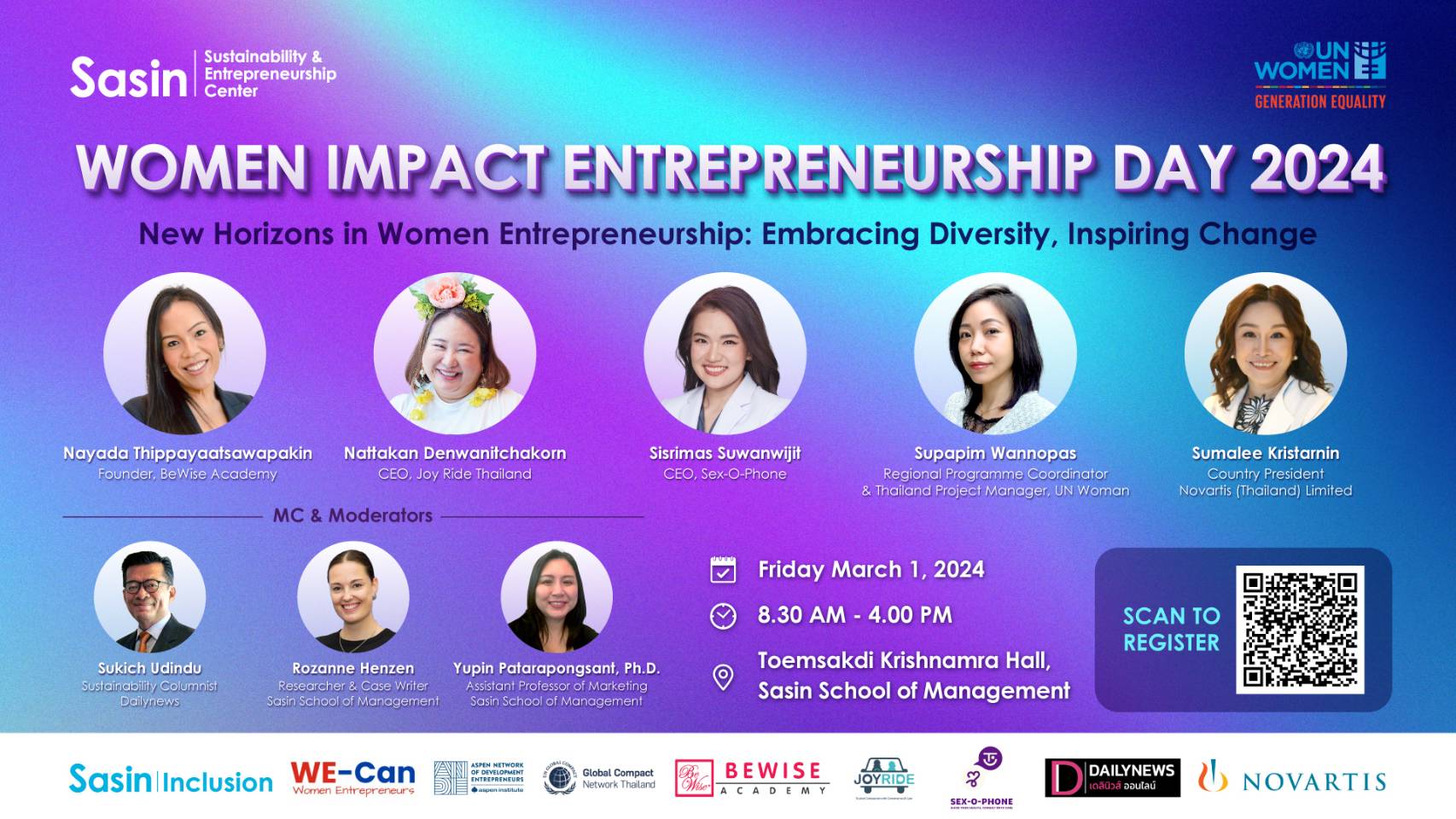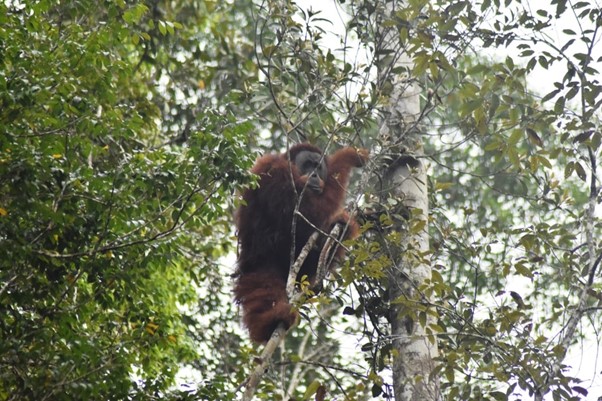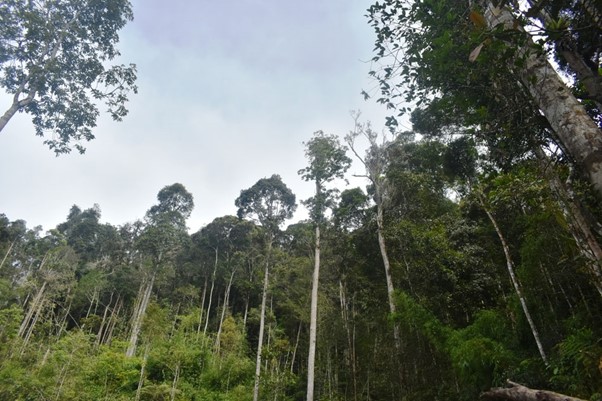A third-year student Zoe, rushing from the university to work, dreams about the possibility of watching lectures as if they were an internet TV show – whenever and wherever she wants. John, who has been wanting to change his job for a couple of years now, is checking university curricula – while he has a lot of skills and knowledge, but no degree certificate to prove it. Camilla, who wants to improve her public speaking skills, compares the cost of online courses at Cambridge and Harvard.
Although the people described above are fictional, the situations they experience can be real. A Eurostudent survey in 25 European countries revealed that more than half of students work while studying. A 2021 World Economic Forum report claims that by 2025, almost half of the world’s workforce will need to retrain or acquire new competencies.
In the past, university was one of the stops on the way to a career. Today, the function of higher education institutions is changing, adapting to the needs of learners. Lifelong learning, retraining, and flexible learning pathways open up new opportunities for all stakeholders.
“Flexibility means, first and foremost, that the learner has the opportunity to develop exactly those competencies they need at that time, and that they can do this at the convenient time, place and pace. This includes many things, but also the possibility to integrate the learning process into one’s lifestyle,” says Kristina Ukvalbergienė, Vice-Rector for Studies at Kaunas University of Technology (KTU).
Today, learning transcends the countries’ boundaries and the supply of high-quality content is driving the need for universities to strengthen collaborations, form alliances and offer international and interdisciplinary learning experiences.
Flexible studies – only on-demand and online?
According to Professor Euan Lindsay of Aalborg University in Denmark, today’s studies need to be designed to fit in with learners’ lifestyles. Nowadays, students can find any content (films, podcasts, videos) on-demand and online as soon as they need it. Naturally, they want to access study material when it is convenient for them, but not necessarily at the same time as a scheduled lecture. According to the expert, this change is inevitable and higher education institutions will have to adapt.
“A hundred years ago, the horse was the main means of transport. Although you can buy a horse and travel on it, it is far from the norm today. Once we see the advantages of making learning material available on demand and online, the higher education system will simply adapt,” says Lindsay, professor at the Aalborg University Centre for Problem-Based Learning in Engineering Science and Sustainability.
He says that while it used to be the norm that lectures at the university were only live, this perception is changing. Part of the change has been triggered by the coronavirus pandemic, which has opened the way to various forms of distance learning. Today, lectures can not only be remote, but also recorded, and can be listened to on the move, pausing and replaying important moments. In addition, there is a wide range of material available on a given topic.
“We establish relationships in person, but we can maintain them online. Online seminar is not a good approach for role modelling professional practice. However, if the purpose of the lecture is to introduce a new theory or concept, the students can go through the material at their own speed and time. A live meeting can be used to discuss points that were unclear or to carry out practical exercises to apply the theory,” says Lindsay.
The internet is already full of material on a wide range of topics, presented by talented speakers. Problem-based learning expert Lindsay believes that the presentations of theoretical material may eventually be taken over by major textbook publishers. Universities will continue to be the forge of competencies, but they will have to become more flexible and adapt to change.
When we look at cathedrals, we don’t think of bricks
According to Ukvalbergienė, the Vice-Rector for Studies at KTU, a flexible learning pathway is a learner-centred learning model that allows each individual to choose a personalised learning process, regardless of the competencies previously acquired. At each stage of learning, different learning choices are offered to the learner, according to their needs, interests and competencies required. Learning takes place in small chunks, constructing a flexible learning pathway from challenges and micro-modules.
Although KTU students can already choose to include additional competencies in their individual learning plan, by 2025, KTU plans to offer its students the option of flexible learning pathways.
“It is up to the student to choose the competencies they want to develop, and to chart their own learning path. Competences can be developed horizontally, that is, broadly, or vertically, by delving into a specific area. In the case of KTU, flexible learning pathways are also closely linked to a challenge-based methodology, where students, lecturers and external partners work together to solve real-world challenges,” says Ukvalbergienė.
Lindsay, who gave a presentation at the Study Quality Day, an annual event organised by KTU, says that one of the changes that universities need to introduce to adapt to the modern market is the unbundling of study programmes. That is, the study programmes should be designed with the outcome in mind – what do we want our graduates to be able to do after they graduate?
“When we look at cathedrals, we don’t think about the individual bricks that were used to build them. So, if we want our students to learn how to build cathedrals, we need to think about the competencies they need. How we teach them thermodynamics or mathematics, how we test their knowledge – these are just details,” says Lindsay.
What is the added value of university studies?
Today’s learners come from different walks of life. Among them are those who have previous work experience, those returning to higher education after a break from studies, and those pursuing new career goals that require further education.
According to the World Economic Forum’s Future Jobs Report, 44% of workers will need to update their skills portfolio by 2027 as technology is evolving at an extremely fast pace. However, cognitive and personal skills such as analytical, creative, systemic thinking, curiosity, resilience and agility are among those that will be particularly in demand.
According to the KTU Vice-Rector for Studies Ukvalbergienė, the university offers a comprehensive environment for intensive learning and, in addition to the skills required for the specialisation, the ability to work in interdisciplinary, international teams, collaborate, think strategically, manage time, and other skills are being developed. The University is a place where information is concentrated and easily accessible, where experimentation in various laboratories is possible, and where knowledge is conveyed by teachers who have the experience and skills to develop the competencies of the learners.
However, from her point of view, the university is not the only actor in the education system. Some retraining programmes require high speed or very narrow specialisation and this niche can be filled by other organisations.
“A university is part of an ecosystem. Working together with the city, the region, and business, we share a common goal – to educate responsible and value-added members of society. All these aspects add value to university education,” says Ukvalbergienė.
The future university is akin to a travel agency
The need for a qualification or a degree can arise at any stage of your career. For example, qualifications may be needed to apply for a promotion or a licence, and there is evidence suggesting that higher education is associated with higher income. However, people who are already working have knowledge and skills and may feel that they have a good understanding of some subjects in their studies despite lacking a degree certificate which proves that.
“I remember one student who took long drives to get to campus to do compulsory laboratory classes on a piece of surveying equipment. He was really surly and when I asked what’s the problem, he said repairing this equipment was his day job,” says Lindsay.
He believes that universities need flexibility in similar situations. Lindsay jokingly compares universities of the future to travel agencies: if you want to travel, you can book your own plane tickets, hotel and leisure programme. But you can also ask a travel agent to do the same – they can take care of the whole trip or just certain aspects of it as required.
“Universities that are better suited to the current situation are those that say: if you start your studies already knowing half of it, we won’t teach you that. Instead, we’ll certify it and teach you the rest,” says Lindsay.
Ukvalbergienė, KTU Vice-Rector for Studies, says that KTU has been certifying the competencies acquired informally or spontaneously for more than ten years.
“For example, if you think you have a certain competence, say in project management, the university can test your skills and formally recognise it. Formally recognised competencies can be certified as outcomes of a university study programme or a module, which do not require retaking,” explains Ukvalbergienė.
Today’s graduates will remain in the job market for the next 50 years
Lifelong learning is gaining momentum, not only because it is being promoted by various national and international programmes, but also because society is demanding it. The world is changing, people are living longer, technology is advancing faster and the need to update knowledge is becoming essential.
“Today’s university graduates may live up to 90 or 100; it is likely that they will be working by the time they reach 70. Do you think they won’t need to update their knowledge in the next 50 years? I certainly wouldn’t want to base my current practice on what I would have learnt in the 1970s,” says Lindsay.
Lindsay and Ukvalbergienė, who have been teaching for about 20 years, agree that students today care about the purpose of what they’re learning much more than before.
“I used to think that current students were interested in changing the world, but I changed my mind on that. I think they are more interested in changing the world around them. This is a very different kind of leadership: not the noisy setting of grandiose goals, but the pursuit of individual change for the city, for the community,” says Lindsay.
According to Ukvalbergienė, current students are much more socially responsible and want to see the real value in what they study. Challenge-based learning, cooperation with social partners and exposure to the real working environment play a key role in this.
While qualities such as curiosity, creative thinking and problem-solving may be common across generations, there is one skill in which today’s students may be outperforming their teachers: they are much more tech-savvy.
“Already some years ago, the world passed a tipping point where younger people were outpacing older people in technological skills. This turns the whole logic of learning on its head and universities have to adapt to it,” says Ukvalbergienė.
However, experts agree that the democratisation of the learning process – where the lecturer is no longer the only person who knows best – is essential to meet the needs of today’s learners. Students are themselves very diverse, and from the university they expect flexibility in adapting to their individual lifestyles.




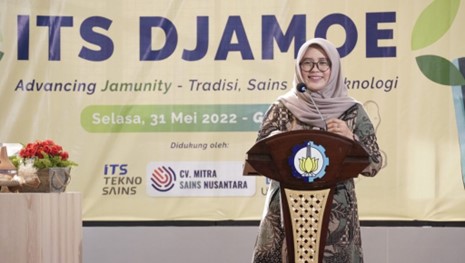
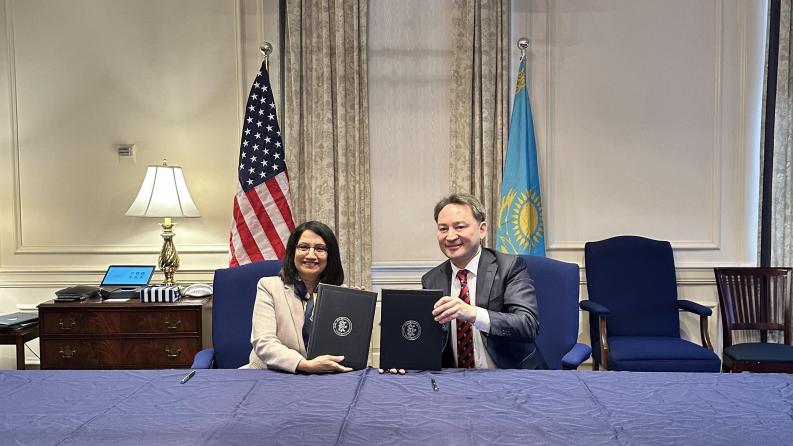
-scaled.jpg)

